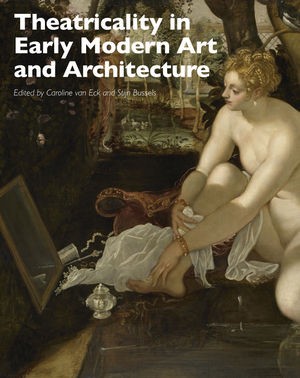Theatricality in Early Modern Art and ArchitectureISBN: 978-1-4443-3902-4
Paperback
200 pages
October 2011, Wiley-Blackwell
 |
||||||
Interactions between the visual arts and the theatre are not simply
a matter of exchanges of media or genres. They affect the way a
play, painting or statue is viewed, the media, genres and arts
involved, and the characters on stage or represented in painting or
sculpture. These interactions raise questions about the ways genres
are distinguished and defined, and ultimately the relation between
representation and presence.
This book offers the first systematic investigation of exchanges between the arts, architecture and the theatre, and not just an overview of the influence of the theatre on the arts, and vice versa. The authors take as their starting point a study of the implications of the use of four elements that define early modern theatre: the scenario, the actor, the theatrical space, and the audience. In doing so, the authors open up new ways of analyzing theatricality both in the arts, architecture and the theatre. They also present many new, hitherto unknown instances of the interaction between the arts, and provide these interactions with a theoretical and historiographical context.



